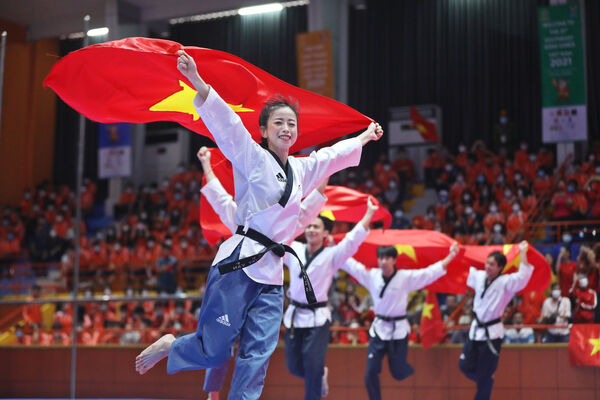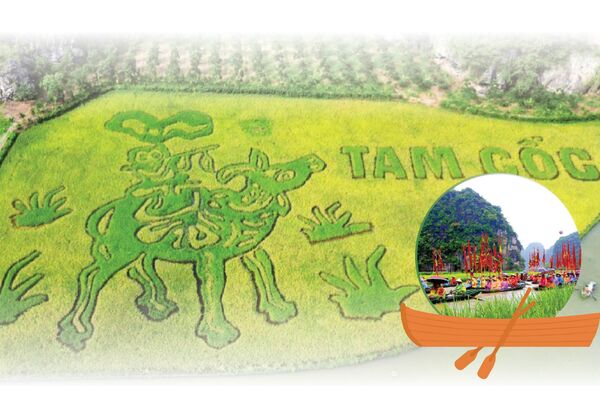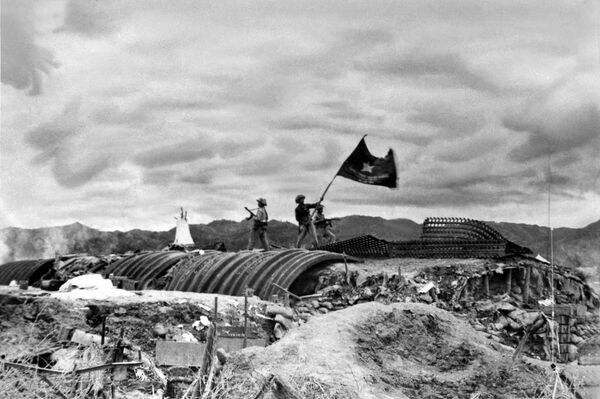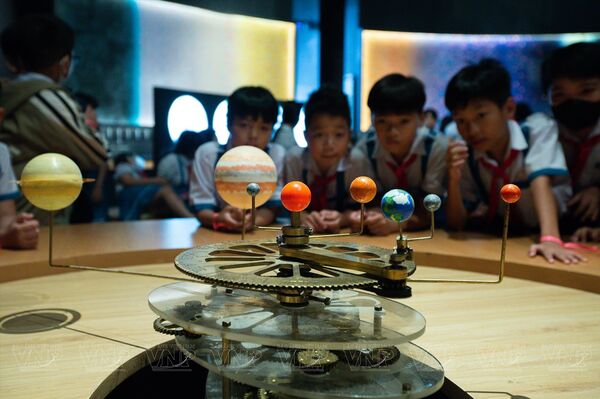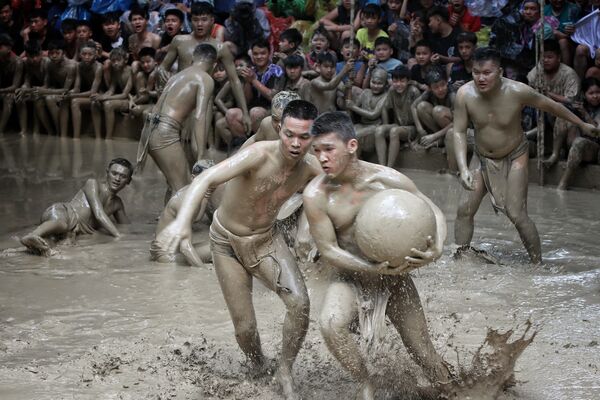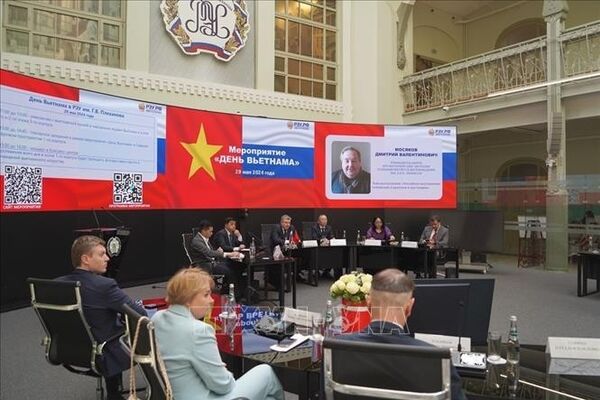In the national strategy for gender equality, 11 out of 20 targets had been met or exceeded by the end of 2023 under goals set for 2025. The female workforce participation rate, at over 50.8%, demonstrates women’s financial and occupational independence. However, some targets are still to be met, most notably the sex ratio at birth, which although brought under control remains unstable and high compared to the natural balance.
Caring about these indices reflects a concern for the legal framework on gender equality. This system is increasingly refined, synchronised, and aligned with the country’s international integration, ensuring equal rights for women, men, and vulnerable groups.
While Vietnam has made significant strides forward in gender equality, there is a need for continuous improvements to the associated legal framework, strict implementation of gender mainstreaming in legislative documents, effective implementation of projects, policies, and solutions to reduce gender imbalances in birth rates, adaptation to population aging, digital technology, incomes, employment, and climate change, and bridging gender gaps./.
